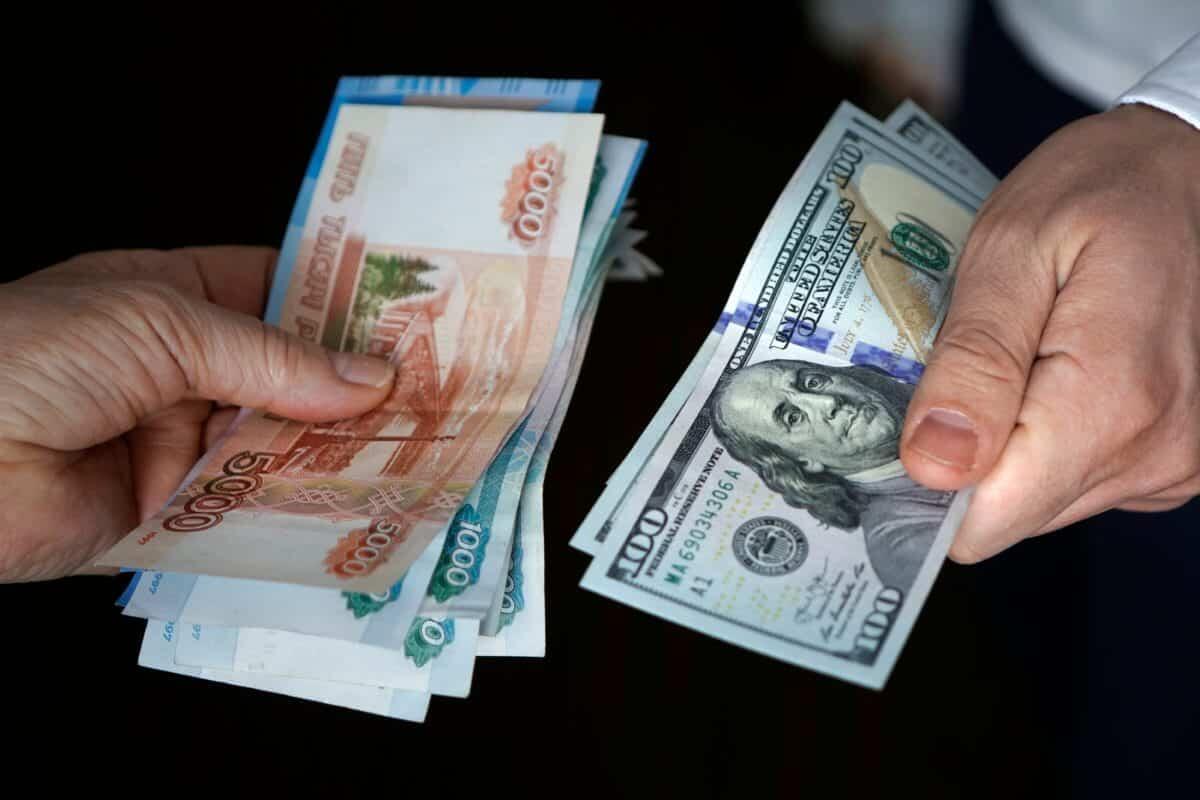
The U.S. dollar steadied Tuesday while the Sterling gained
The U.S. dollar remained firm on Tuesday while the traders waited for the release of U.S. inflation data. The final Federal Reserve meeting of this year is also scheduled this week. Thus, market participants are focusing on new interest rate outlooks.
The greenback will likely change its course based on the Fed’s decision. A month ago, the currency experienced a heavy sell-off after rumors spread about the possible slowing of rate hikes. The agency will release its statement on Wednesday. If the central bank concludes to continue its aggressive hawkish policy, the U.S. dollar will probably rally again.
Analysts expect core inflation in November to be steady at 0.3% month-on-month. At the same time, they see a moderation in the annual pace, stating that headline prices should show a 7.3% rise compared to a year earlier.
Chris Turner, the global head of markets and regional head of research for U.K. & CEE at ING, noted that the Federal Reserve would likely need to see several months of weak inflation data before they can assure markets that everything’s all right. Still, CPI is one of the biggest data releases for Forex markets worldwide. Thus, today is an important day.
The dollar index exchanged hands flat at 104.93 on Tuesday after skyrocketing to a 20-year high of 114.78 in late September. High and rising interest rate expectations supported the currency as the Federal Reserve has increased its benchmark rate to hinder soaring inflation. Unfortunately, that also leaves the currency vulnerable to selling if inflation starts lowering.
Investors expected the peak in U.S. interest rates, but lately, futures pricing is indicating the Fed funds rate will likely stay below 5%. It’s set between 3.75% and 4% currently. The Fed might increase the funds’ rate by 50 basis points (bp) tomorrow.
How are the Euro and British Pound faring?
The euro remained steady at $1.0541 on Tuesday. The Swiss franc traded at 0.9371 per dollar as investors focused on Thursday meetings of the ECB and Swiss National Bank. They expect the central banks to hike rates by 50 bps.
The Sterling soared slightly after labor market data came out mixed. According to the latter, the unemployment rate climbed up a bit, but basic wages also increased by the most, excluding the Covid-19 pandemic period.
The British Pound exchanged hands higher by 0.2% at $1.2296 on Tuesday. The Bank of England (BoE) is meeting on Thursday. Traders are waiting for its policy decision. The Sterling skyrocketed to an almost six-month peak of $1.2345 last week.
Goldman Sachs analysts expect wage growth to remain high despite GDP’s contraction. They think the labor market will also remain tight.
What about the Chinese Yuan and EM currencies?
The Chinese yuan was flat on Tuesday. Hong Kong relaxed some of its Covid-19 restrictions. Despite that, traders’ optimism about China’s coronavirus re-opening prospects started to wane.
The Malaysian ringgit and the Philippine peso suffered the most among EM Asian currencies today. Market participants preferred to avoid riskier currencies ahead of key U.S. inflation data.
Meanwhile, most stocks strengthened across the region. Shares in Jakarta surged forward by more than a percent, enjoying their second consecutive day of gains after rebounding from a seven-day losing streak. In addition, the country’s biggest tech company, GoTo Gojek Tokopedia’s shares, skyrocketed as much as 24.1% today.
GoTo has plummeted by 55% since mid-November, losing more than 70% since its debut in April. However, it managed to rebound as the share price almost hit the 50-rupiah minimum threshold set by the exchange.
On the other hand, the Philippine peso dropped by 0.4%, hitting its lowest level in a week. The Indonesian rupiah also shaved off 0.3%, reaching its lowest level since end-November. However, stocks in the Philippines traded in the green for a third straight session. Investors expect the country’s central bank to deliver a more modest 50 basis point (bp) interest rate increase on Thursday.
Economists think Asian bond markets will rebound in 2023. But they are still cautious about the risks of defaults, as well as a global recession. Stock markets in Southeast Asia rallied, trading higher. Equities in India and Singapore added 0.4% and 0.8%, respectively.
Among other EM currencies, the Singapore dollar, Thai baht, and South Korea’s won exchanged hands mostly flat. But Malaysia’s ringgit fell by 0.4%.




